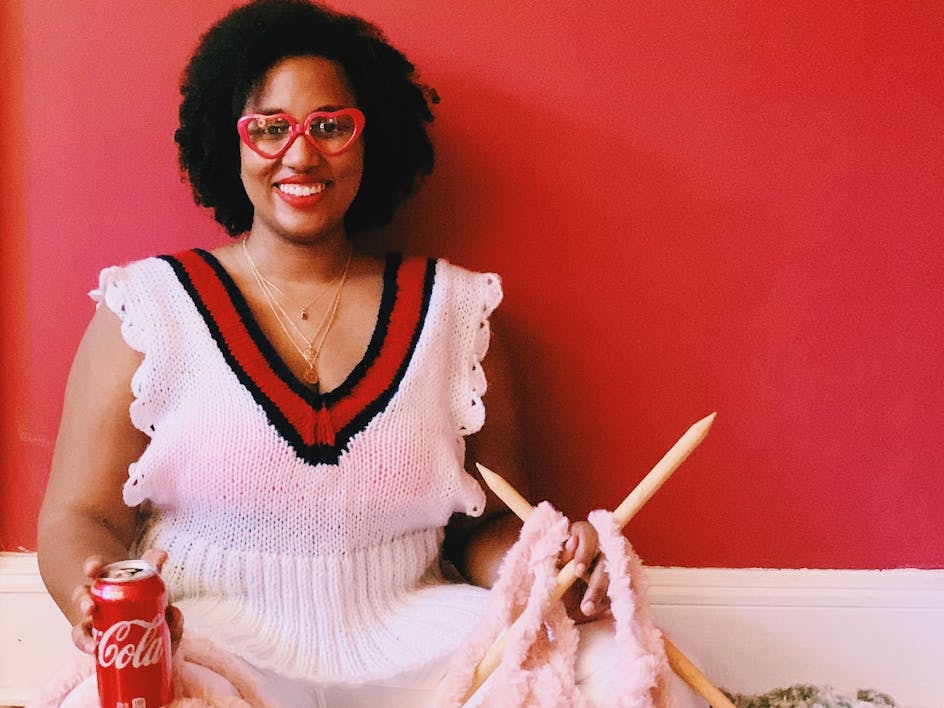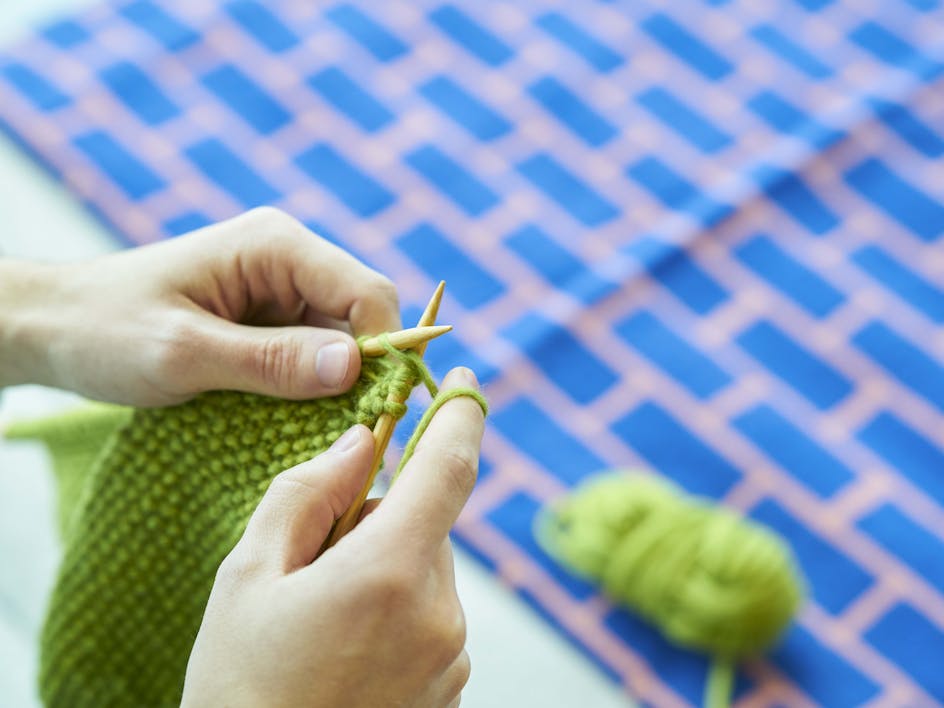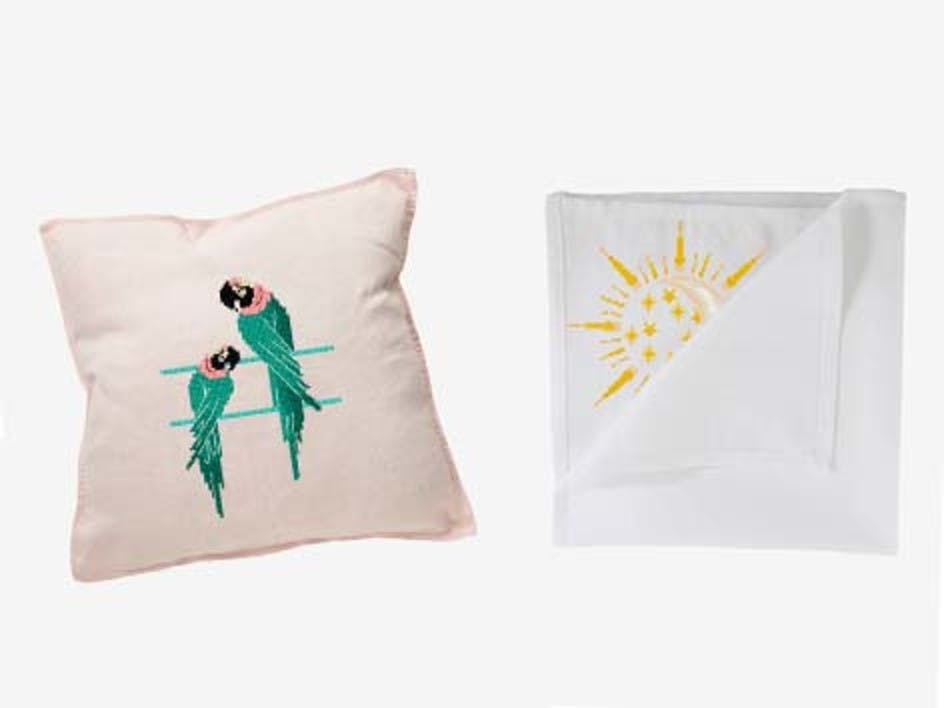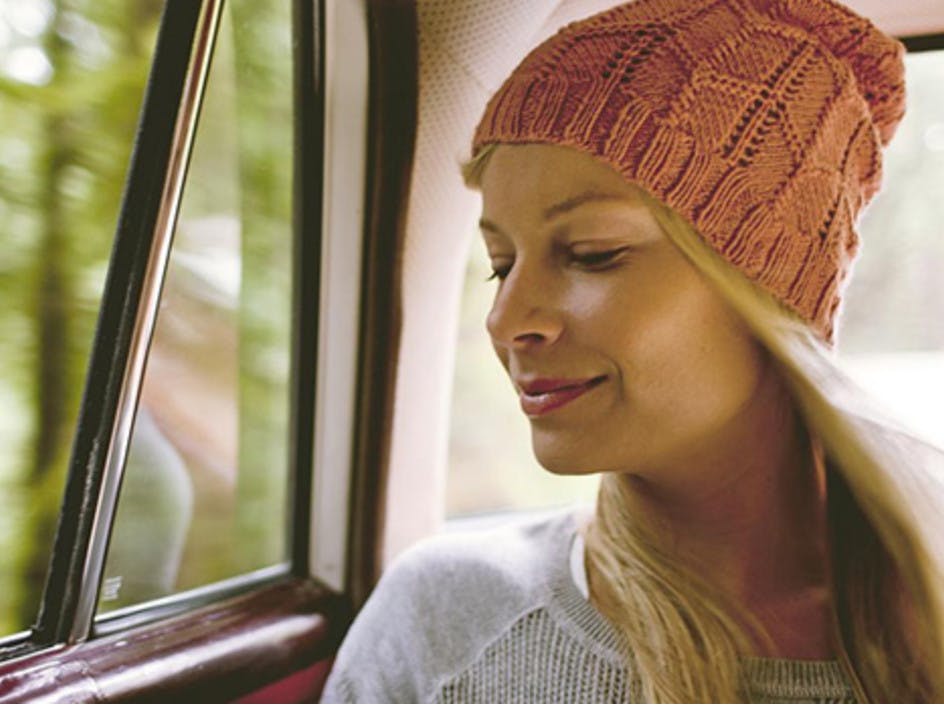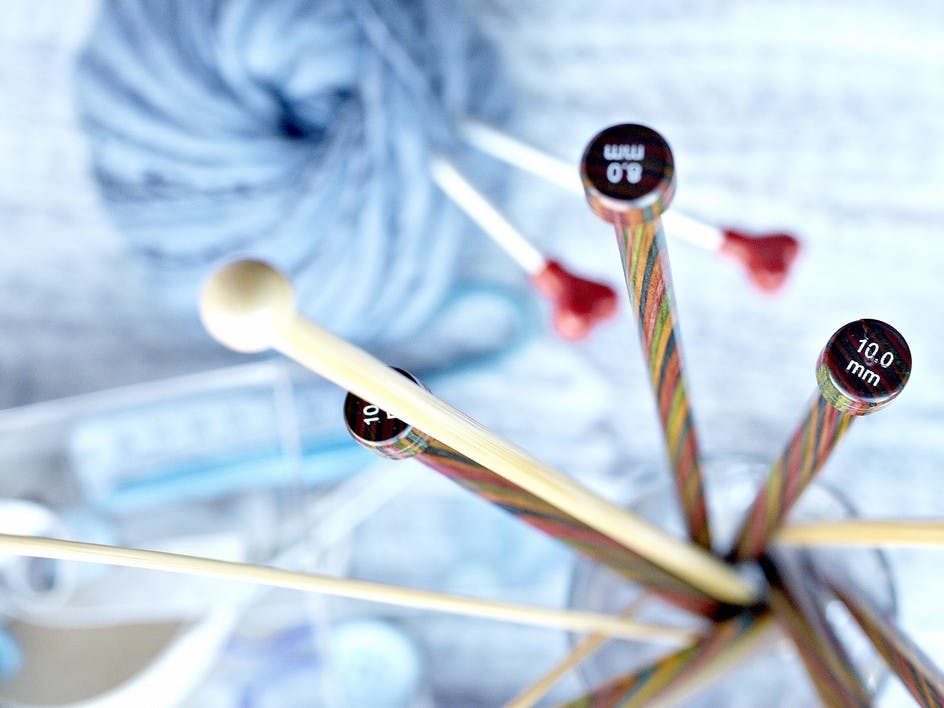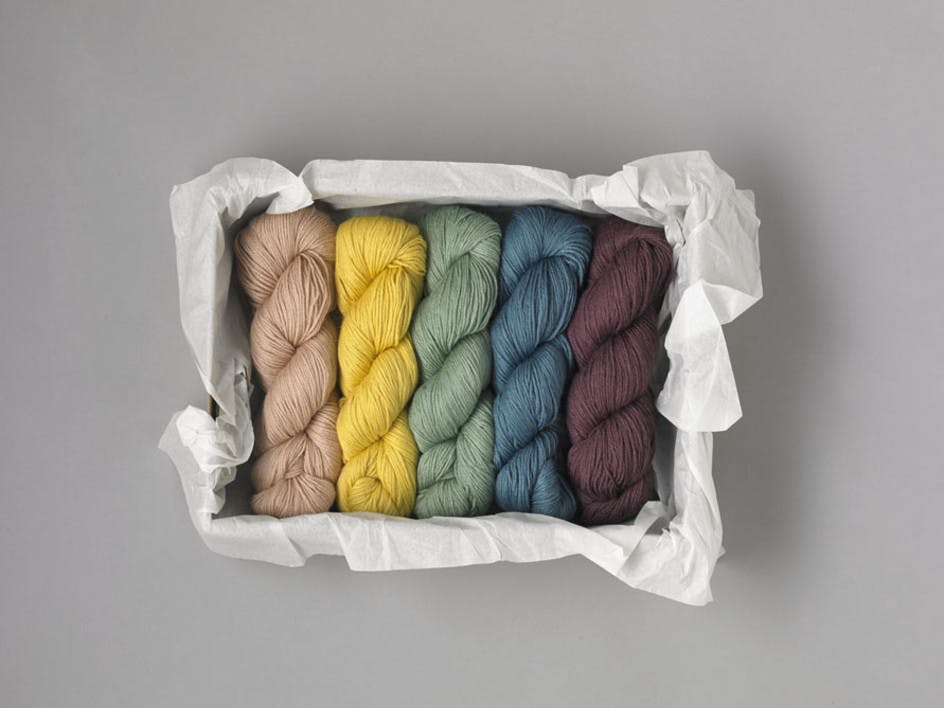Six tips for comfortable knitting
Published on 31 January 2019 By Elizabeth Bagwell 4 min read
You don’t have to have a named condition such as arthritis or RSI for prolonged knitting sessions to become uncomfortable. Knitting can cause all of us pain, and if it is, it’s important to examine the problem immediately to prevent it getting worse. We're here to help you overcome your knitting pain woes and make your much-loved marathon knitting sessions more comfortable and enjoyable.
Stretch out your hands and arms
This may be caused by the way you sit, but it's often caused by the way you tension your yarn. In some cases, it’s simply that you’re using muscles in new ways, and they have to build up strength, but you may also be putting pressure on your hands with the yarn and knitting needles. We've put together a video with all the stretches you need to keep your hands and arms feeling fine when you knit!
Pro tip: Do the mattress and upward palm stretch from the video to relieve stress and tension in your hands and arms before and after each knitting session.
Lighter needles
Working larger projects on straight needles can get really heavy, causing stress to hands and arms. It’s a particular issue if you have existing hand or joint problems.
Many knitters switch to small items, but it’s not the only solution. Switching to circular needles, even when you’re knitting back and forth, can make a big difference. The cable lets the project rest in your lap, so you don’t have to support its full weight.
Pro tip: Use a circular needle with a long cable, 60cm or more, to let the project spread out in your lap. You can knit back and forth on it as though you were using straight needles.
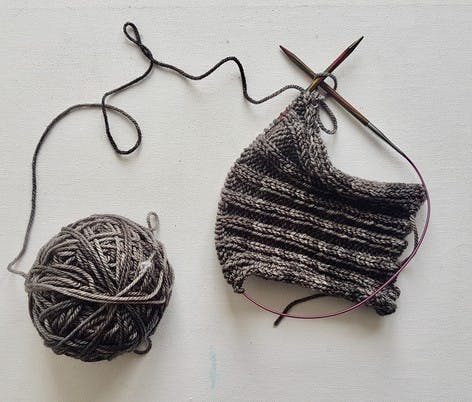
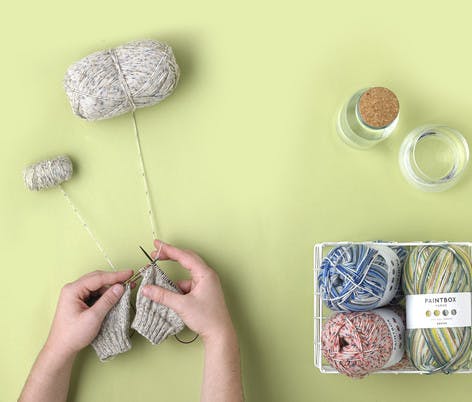
Better posture
In most cases, discomfort while knitting comes from either an awkward position or overtaxing muscles and joints. Make sure you’re sitting comfortably, and check on your position as you knit.
Many people, when feeling stressed, unconsciously hunch or crouch over their work. If you’re a new knitter, working on a tricky piece or to deadline, you may be more tense than usual.
Pro tip: Having a sip of water, tea, or coffee at the end of each row can remind you to relax and uncurl.
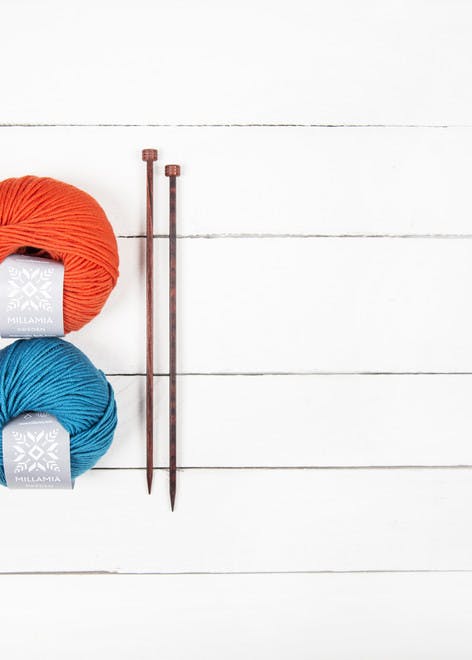
Use wood or bamboo needles
Traditional metal needles can feel cold or hard in the hands, and lead to stiffness or pain, particularly for people with arthritis. Modern needles come in a wide variety of materials, so it’s easy to find warmer materials.
Wooden needles are a popular choice, as they feel soft and warm, as do bamboo needles.
Pro tip: Remember to check your tension when changing needles as your grip may change and your tension with it.
Use innovative square needles
Wooden needles can be easier to hold and grip and square needles are often even easier! Believe it or not, square needles form perfectly smooth round stitches just as round needles do and some knitters find that they get a more even tension using square needles. The Cubics range of needles from KnitPro are square shaped and tested by knitters who suffer from arthritis and carpal tunnel syndrome, and have been found to make knitting more comfortable in some cases.
Pro tip: if you are worried about expense, ask your knitting friends for their recommendations and they may loan you a pair of their favorite pins.
Stop squinting
While many people can knit in the dark, it’s really hard to read a chart or pattern in dim light. Squinting at a pattern can lead to sitting hunched over, causing pain in the back, shoulders or neck. It can also lead to eye strain.
If you regularly knit in a particular place at home, set up a good light source. Desk lamps can be a good choice, as you can angle the neck to suit. And don’t be too proud to wear your glasses if you need to.
Pro tip: Look out for daylight lamps, as they provide a lovely natural light. Lights with magnifiers attached also exist, which are ideal for fine work. And wear those glasses!

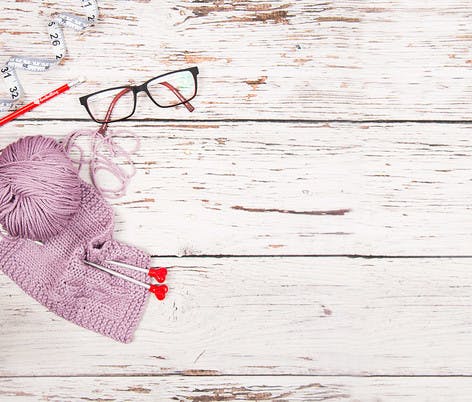
Give one or all of these tips and tricks a try, and you'll find something that makes your knitting sessions more comfortable and less painful. Say goodbye to aches and pain, and hello to more knitting, yarn, and patterns galore!

